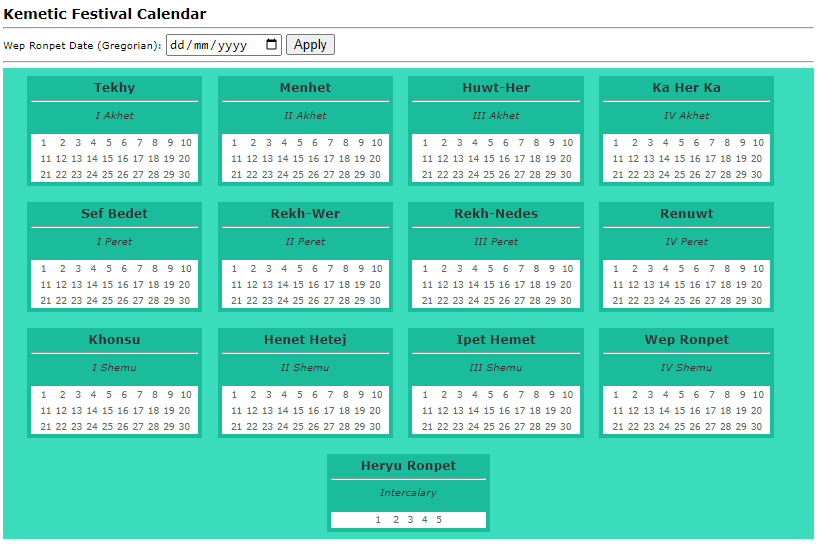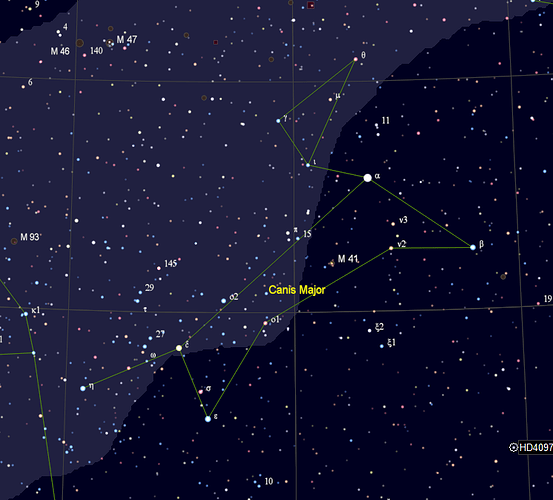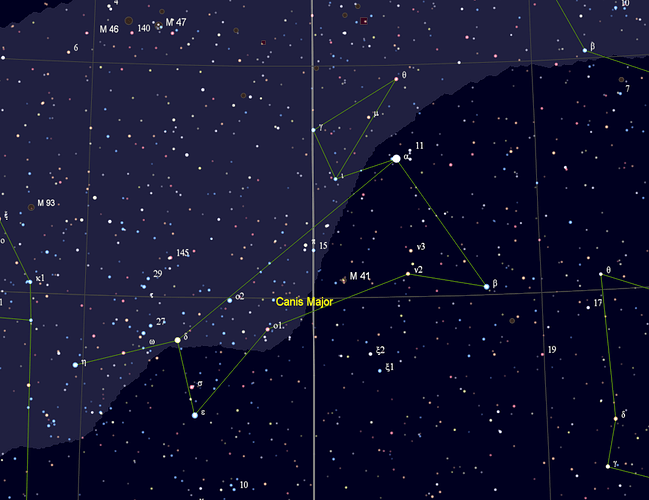Approaching this problem has been insightful.
All the talk of chronologies based on computing heliacal risings is highly prone to error, and I can say this with confidence now.
I am not alone in this assessment. Although different papers on the subject contribute to the conversation without explicitly calling out the futility of the effort.
One of the interesting conclusions is about the so called arcus visionis of the famed astronomer Claudius Ptolemy. It is the altitude required for both the sun and a star on the date of heliacal rising, and he provides estimates for particular stars as observed from Alexandria, where the viewing conditions would have been markedly worse than at Memphis, Heliopolis or Thebes due to the humid atmosphere.
The latter paper explicitly mentions this by making comparisons with ancient Babylonian observations of Saturn, and considering modern models of atmospheric extinction.
That is not to say that the average of these observations in antiquity would not have resulted in a remarkably accurate and reliable calendar. However, dating efforts using software to predict positions as far back as 2000BC will suffer significant error, and even if these were removed (which seems unlikely), precision down to a specific date is practically impossible.
I have seen many publications citing software that does not include precession, changes in the obliquity of the ecliptic, polar wander, the true rotation rate of the earth, proper motion, and other significant factors in precisely pinning down the dates… yet make claims about specific dates.
Better models of Earth orientation at 1600BC and 2000BC than are typically used have 30m-1h of error, which is a wider error range than the more often mentioned ambiguity in observation site - usually between Heliopolis and Memphis.
Stellarium is pretty good, but in their FAQ and documentation they point to Cartes du Ciel as a better choice of software for such studies, citing the errors in their approach for stars like Sirius and Dubhe as only indicating the direction of motion, and change of shape of constellations - not the quantity or precise angle.
Still, it is very interesting to see how the stars appeared slightly differently in ancient skies…
Sopdet in situ today…
… vs 3000BC
(thanks to Cartes du Ciel)



